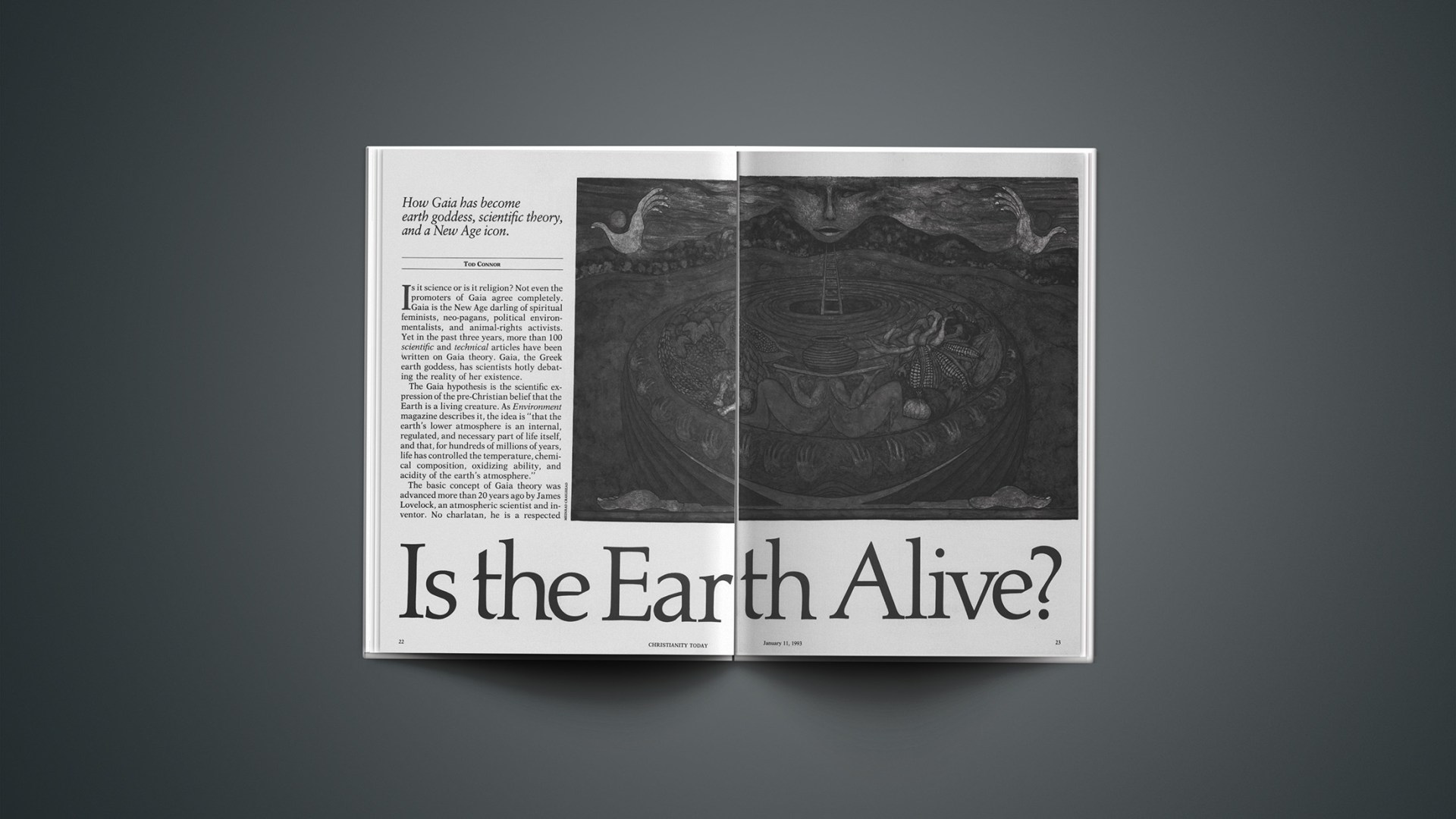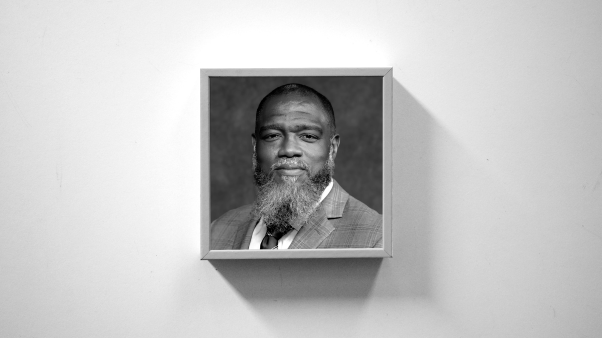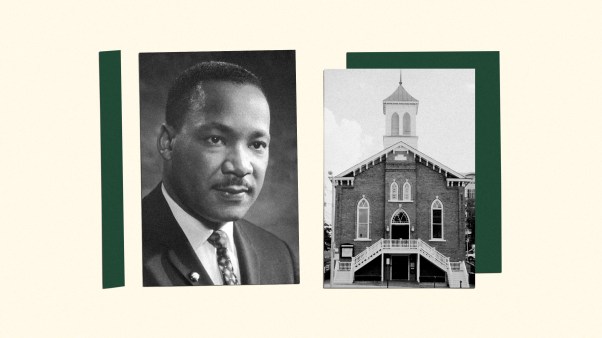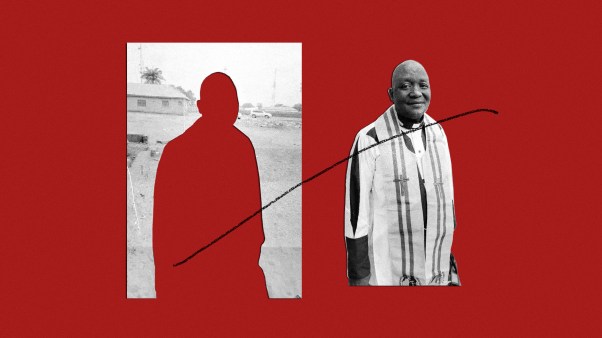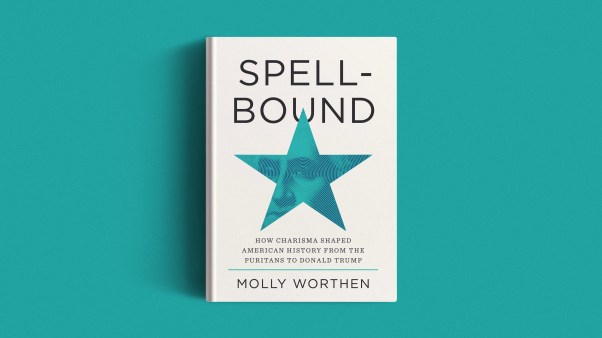Is it science or is it religion? Not even the promoters of Gaia agree completely. Gaia is the New Age darling of spiritual feminists, neo-pagans, political environmentalists, and animal-rights activists. Yet in the past three years, more than 100 scientific and technical articles have been Written on Gaia theory. Gaia, the Greek earth goddess, has scientists hotly debating the reality of her existence.
The Gaia hypothesis is the scientific expression of the pre-Christian belief that the Earth is a living creature. As Environment magazine describes it, the idea is “that the earth’s lower atmosphere is an internal, regulated, and necessary part of life itself, and that, for hundreds of millions of years, life has controlled the temperature, chemical composition, oxidizing ability, and acidity of the earth’s atmosphere.”
The basic concept of Gaia theory was advanced more than 20 years ago by James Lovelock, an atmospheric scientist and inventor. No charlatan, he is a respected member of Britain’s elite Royal Society. Lovelock initially thought of calling the scientific concept of a living Earth the Biocybernetic Universal System Tendency/Homeostasis. During a quiet walk in the English countryside, his neighbor, William Golding (author of Lord of the Flies), suggested “Gaia” instead. Science will never be the same.
Lovelock’s U.S. collaborator is Lynn Margulis. They began working and writing together more than 15 years ago. She is an internationally known professor of microbiology at the University of Massachusetts at Amherst. Her most recent published work is Microcosmos, cowritten with her son, Dorion Sagan (from her first marriage to Carl Sagan). The book traces the evolution of life from its original bacterial ooze. She is the kind of scientific heavyweight that gives the Gaia hypothesis much of its respectability.
From theory to theology
Gaia had her scientific “coming out” party at the American Geophysical Union’s 1988 Chapman Conference in San Diego. The uneasy marriage of science and religious philosophy dominated much of the discussion. James Kirchner, a physicist/philosopher, offered the most challenging critique: He argued that the attempt by scientists to figure out “whether the earth really is alive” accomplishes little and diminishes the reputation of the scientific community.
Kirchner contends that Gaia is an awkward, amorphous grouping of ideas with dubious provability. While he is willing to accept that “biota [plants and animals] affect the physical environment” and that “physical environment shapes biotic evolution” (both of which most scientists have accepted for 100 years), he does not accept the notion that the biota are part of a “global cybernetic [computerlike] control system, the purpose of which is to create biologically optimal conditions.” From the beginning, this tenet has been basic to Lovelock’s hypothesis.
The religious aspects of Gaia theory, meanwhile, encompass a wide array of interpretations and responses. The Lindisfarne Association is an international gathering dedicated to the development of planetary culture. One of its cofounders, William Irwin Thompson, is a former history professor at MIT. The aim of Gaian politics for the nineties, according to Thompson, is to realize that we are all “organelles within a planetary cell.”
Lindisfarne’s other cofounder, James Morton, is dean of the Cathedral of Saint John the Divine in New York City. Eschewing the idea of Gaia worship or praying to the goddess, he nevertheless believes that modern theology must reincorporate the Earth. He contrasts his contemporary creation theology with fundamentalist creationists who explicitly oppose the notion of evolution. To this purpose Morton created the Gaia Institute; he commissioned Paul Winter to compose a full-blown choral mass entitled Missa Gaia; and he even had Lovelock, an avowed agnostic, preach at a Sunday service.
Lovelock and Margulis chafe at the continual allusion to religion. Lovelock received twice as many “religious” letters as “scientific” ones when he published Gaia: A New Look at Life on Earth. Always the optimist, he says Gaia may be the first religion with a “testable scientific theory embedded in it.” Margulis, on the other hand, takes greater offense: “The religious overtones make me sick,” she said in a 1986 interview. But more recently she has mellowed. “Gaia is less harmful than standard religion. It can be very environmentally aware. At least it is not human centered.”
Gaia has a magical allure. It undermines biblical creation by imputing a kind of divine power to the Earth, while offering a science that resonates with ancient mysticism. Lovelock compares Gaia’s appeal to that of the Virgin Mary: “What if Mary is another name for Gaia? Then her capacity for virgin birth is no miracle or parthenogenetic aberration, it is the role of Gaia since life began.”
G. K. Chesterton once said that “it is exactly where biology leaves off that religion begins.” Gaia, in its broadest application, has the potential of eradicating any distinction between the two.
Gaia’s religious appeal is reflected in goddess festivals held in New York, San Francisco, Toronto, Boulder, and Amherst. Leaders of spiritual feminism, such as Merlin Stone who wrote When God Was a Woman, are attracting thousands of enthusiastic followers. To these spiritual feminists, the scientific theory is icing on Gaia’s cake. “What contemporary feminism wants to give birth to,” says Rabbi Leah Novick, “is the Goddess.” The spiritual feminists are minimally concerned about physical reality and quantitative data.
This approach is anathema to the geophysicists who are grappling with Gaia as a scientific hypothesis. One of the foremost spokespersons in this area is Rowena Pattee Kryder of the California Institute of Integral Studies in San Francisco. She has developed an elaborate “scientific” theory based on the “language” of Gaia—how Gaia “talks to herself” and to us, her children. If we are “addicted, confused, and express disempowering tendencies, Gaia reacts with earthquakes, tornadoes, floods, and extreme weather changes that force us to reassess our values, work together, and create a way of life anew,” Kryder asserts. And whenever “some conscious living entity” becomes enlightened about its true nature and its relationship to other living things, “Gaia is happy and experiences intrinsic joy herself.”
Gaia theory may not be at the forefront of the ecology movement, but its ideas influence many environmental issues. For instance, supporters of Gaia often argue against any special status for humanity among living creatures. Such a position is what has led PETA (People for the Ethical Treatment of Animals) to destroy research laboratories and Earth First! to put metal spikes in trees (to thwart the chain saws of lumberjacks). One noted activist, Ralph Metzner, compares human beings to a cancer spreading across the globe. Humanity has a “reckless disregard for the delicately balanced interrelationships of the whole system,” he states. The notion that human beings are intrinsically more valuable than a tree or a bug is now construed as a form of bigotry. Instead, all organisms are seen as vitally interrelated, and all plants and animals are said to have a right to survive.
Finding good in Gaia
As Christians, where do we fit into the debate over Gaia?
First, we can acknowledge the seriousness of the environmental crisis. This concern provides much of the motivating force for those interested in Gaia. Wasting precious resources and being insensitive to the science of the Earth (geophysiology) is a kind of sin. God warned the Israelites: “If you defile the land, it will vomit you out as it vomited out the nations that were before you” (Lev. 18:28).
Second, we need to avoid a knee-jerk rejection of the entire Gaia theory. Gaia is the current consensus builder within the New Age. But the ideas underlying Gaia theory are not intrinsically evil because they carry the name of a pagan goddess. Our Puritan forebears refused to use the names of the days of the week because of their pagan origins. The Gaia hypothesis, viewed as a scientific tool, can be constructive and stimulating. According to Genesis, God created the plants and the fish and the birds on the fifth day, before he created humanity. His creation was alive. Life is not easy to define, and this is where the scientific character of Gaia is most intriguing and technical. This does not challenge Christian belief nor does it threaten Christian faith.
The real problem with Gaia theory is not the scientific aspect but the religious tinkering to which it is being subjected. We know that the spiritual nature of humankind, our unique place in creation, is resolved by the Cross, not by microbiology. Christianity finds strength in being “human centered,” in sharp contrast to the views of Lovelock, Margulis, and the goddess worshipers. “Human centered” does not mean centered on human nature, rife with greed and insensitivity; instead, it refers to that which was made in the image and likeness of God. The destruction of the world around us is a reflection of not being “God centered” as human beings. Christ, as both God and man, is our center, our truth, and our life. The pollution and defilement we encounter exists through ignorance or rejection of God.
In 1988, Mother Teresa and James Lovelock got into an argument at Oxford University’s Global Forum for Survival. Mother Teresa said that if we take care of the people on the planet, the Earth will survive. Lovelock countered that if we take care of the Earth, humanity’s problems will be solved. In 2 Chronicles, God hints that both of these views are true. If God’s people will “turn from their wicked ways, then will I hear from heaven, and will forgive their sin and will heal their land” (7:14).
The beauty and complexity of the Earth are God’s gifts to us. Christians should be at the forefront of the ecology movement so that the glory of God is not pre-empted by a narrow humanistic agenda or an “antihuman” value system. We are not to conclude that the Earth is good and humanity merely evil, but we are to treat God’s gifts with gratitude and sensitivity because that is his will. Christians should not abandon environmental concerns because of the taint of Gaia-inspired pseudoscience. Rather, the emergence of the spiritual side of environmentalism provides us with the opportunity to offer life-giving truth to an increasingly fearful humanity.
Loren Wilkinson is the writer/editor of Earthkeeping in the ’90s (Eerdmans) and the coauthor, with his wife, Mary Ruth Wilkinson, of Caring for Creation in Your Own Backyard (Servant). He teaches at Regent College in Vancouver, British Columbia, Canada.

